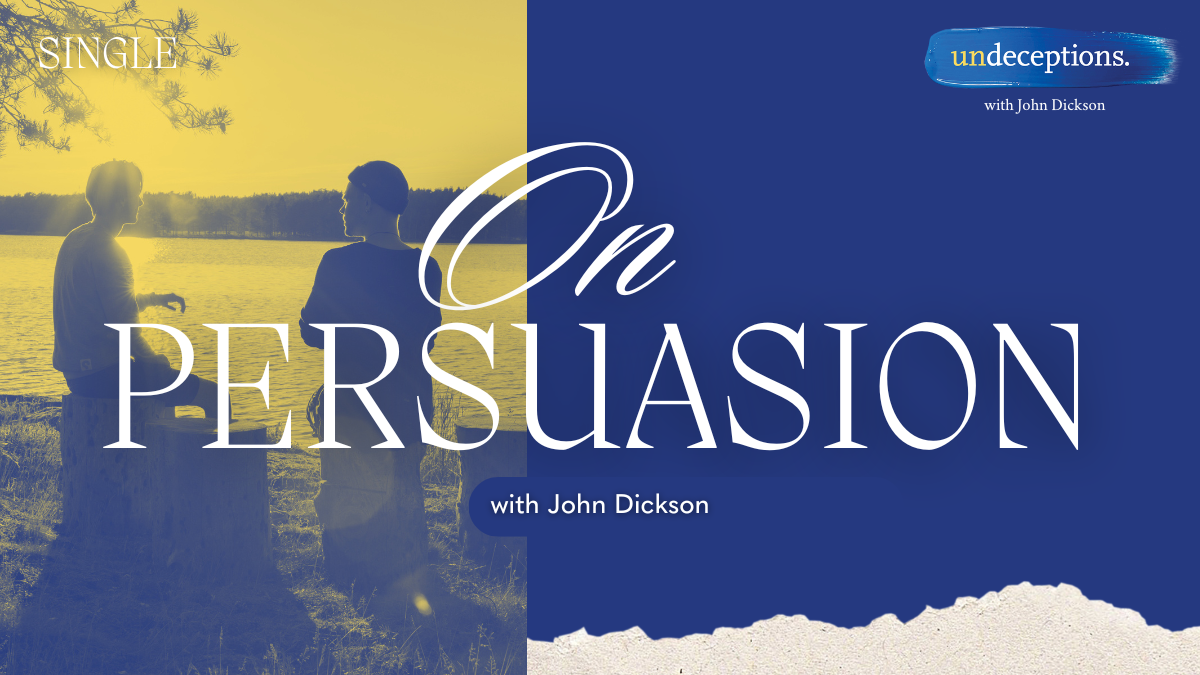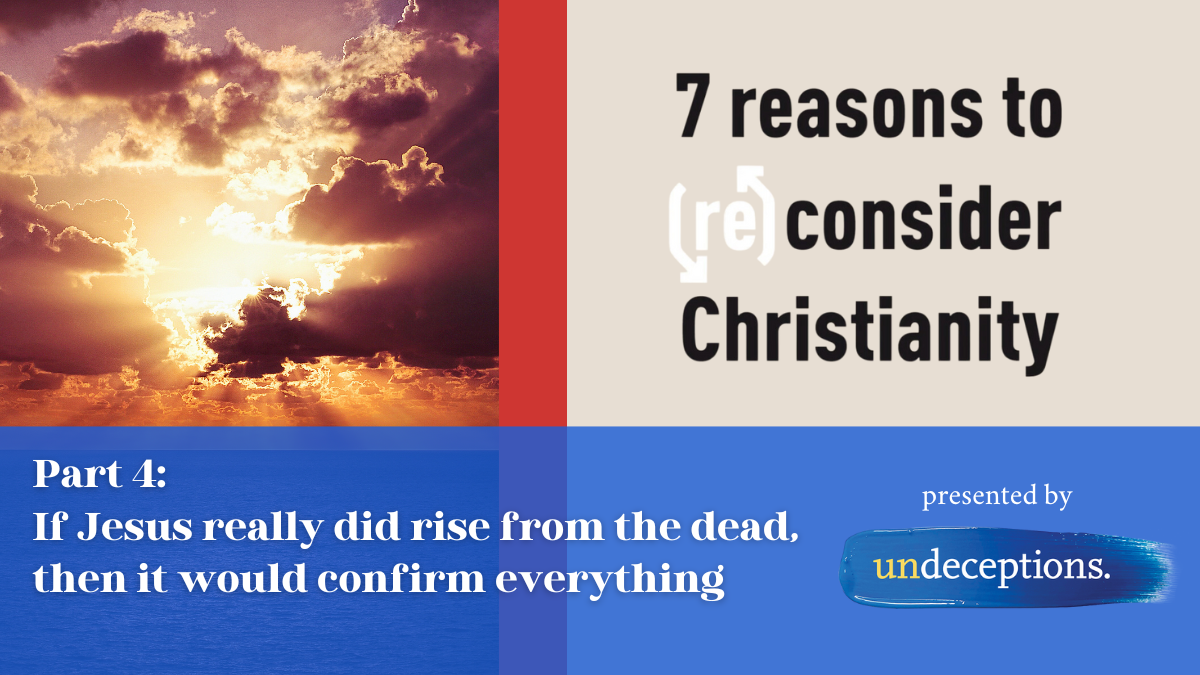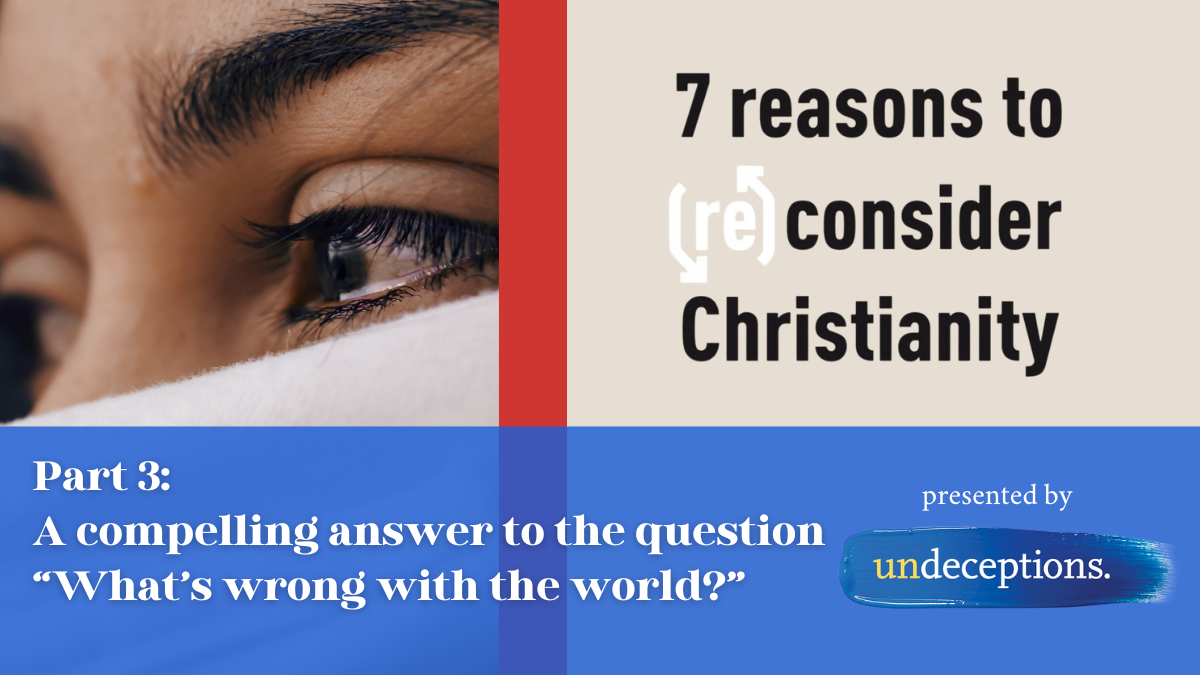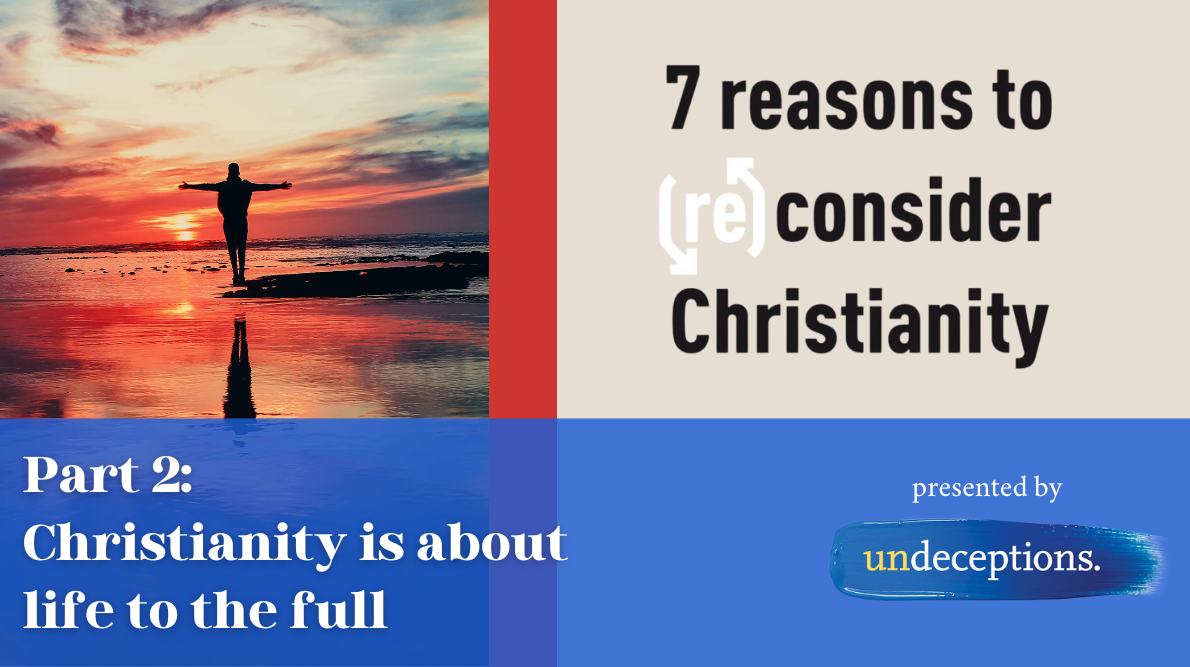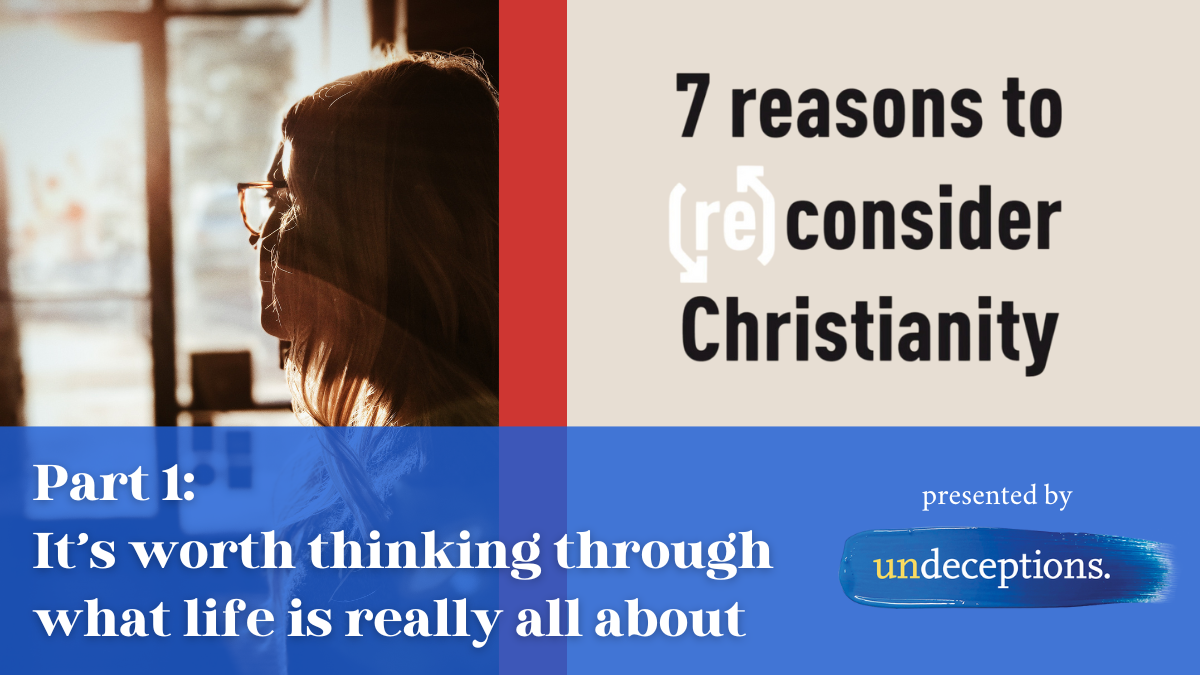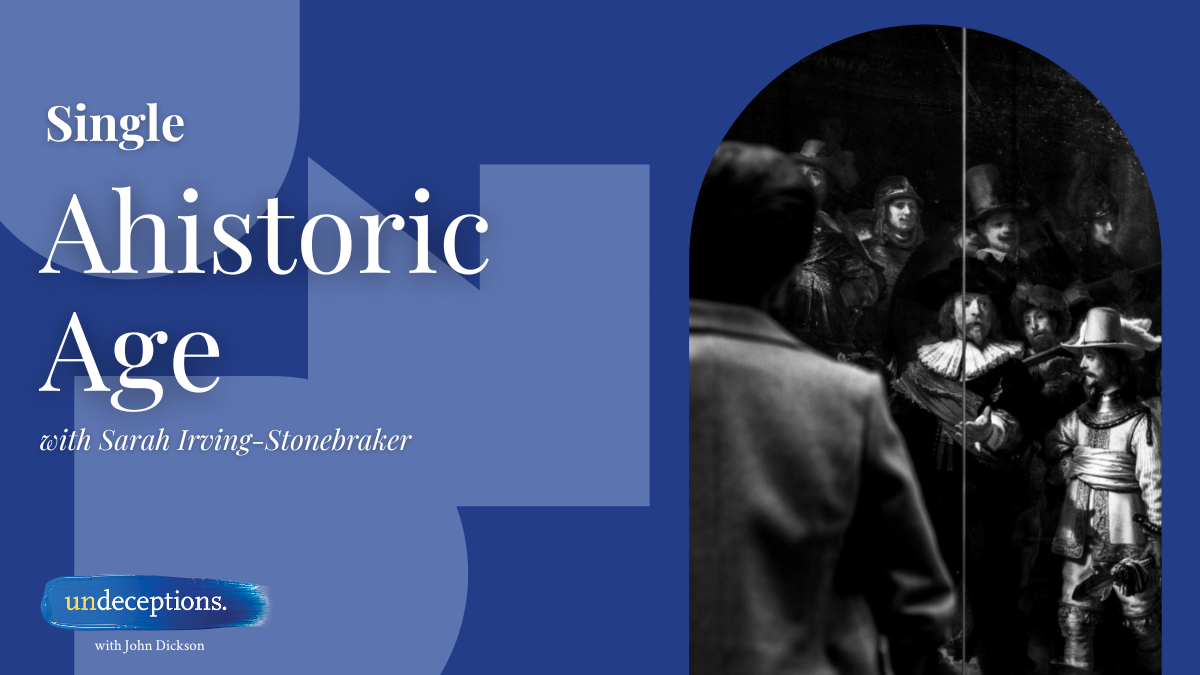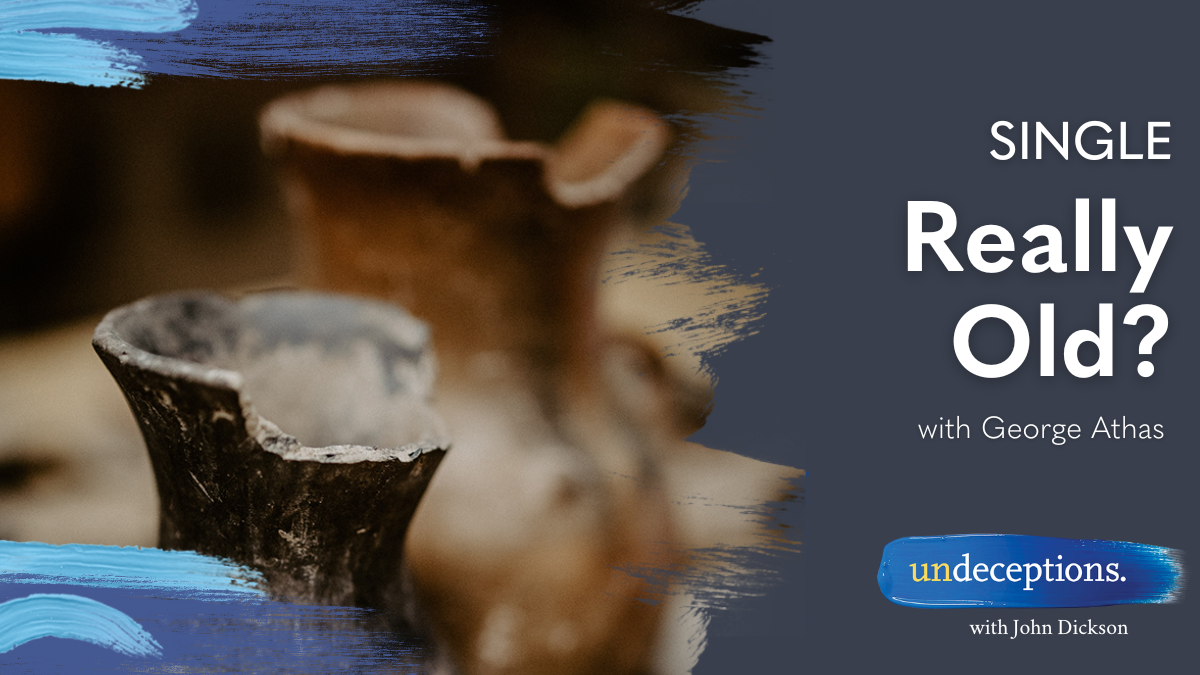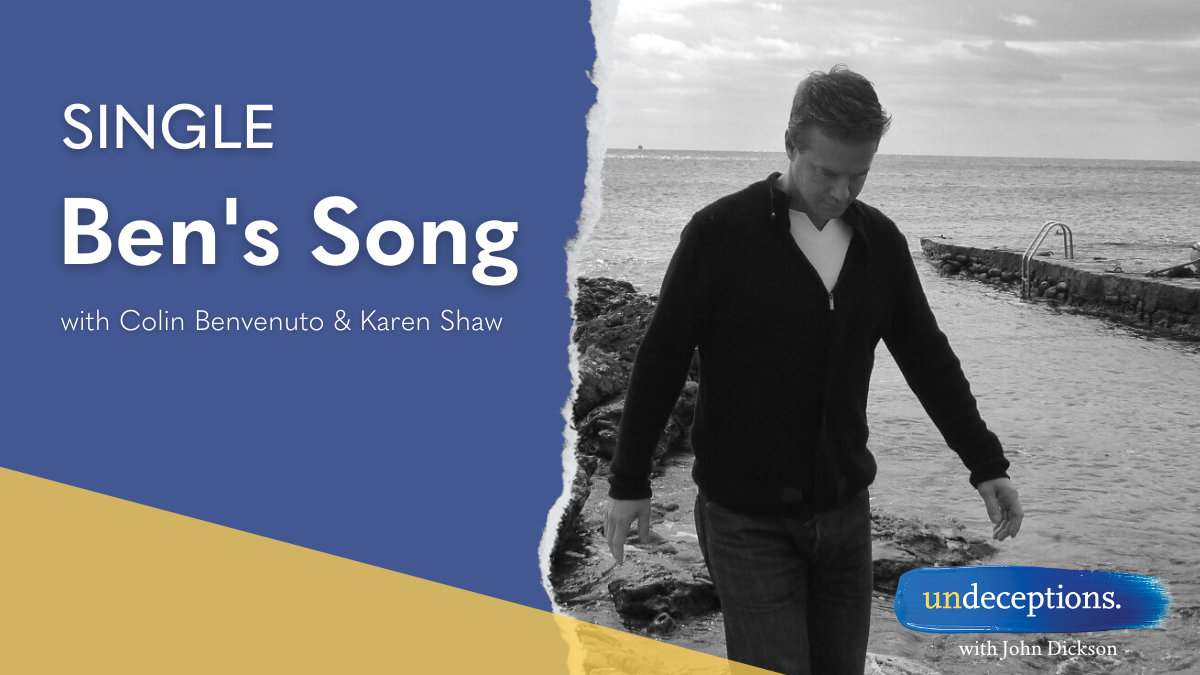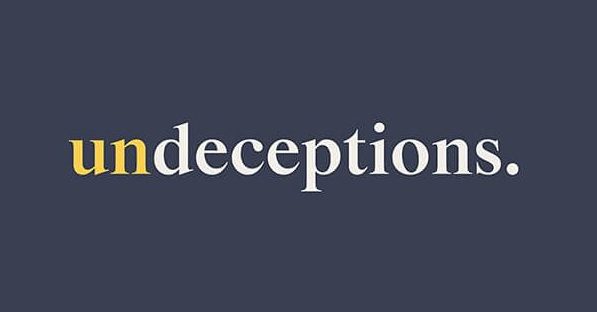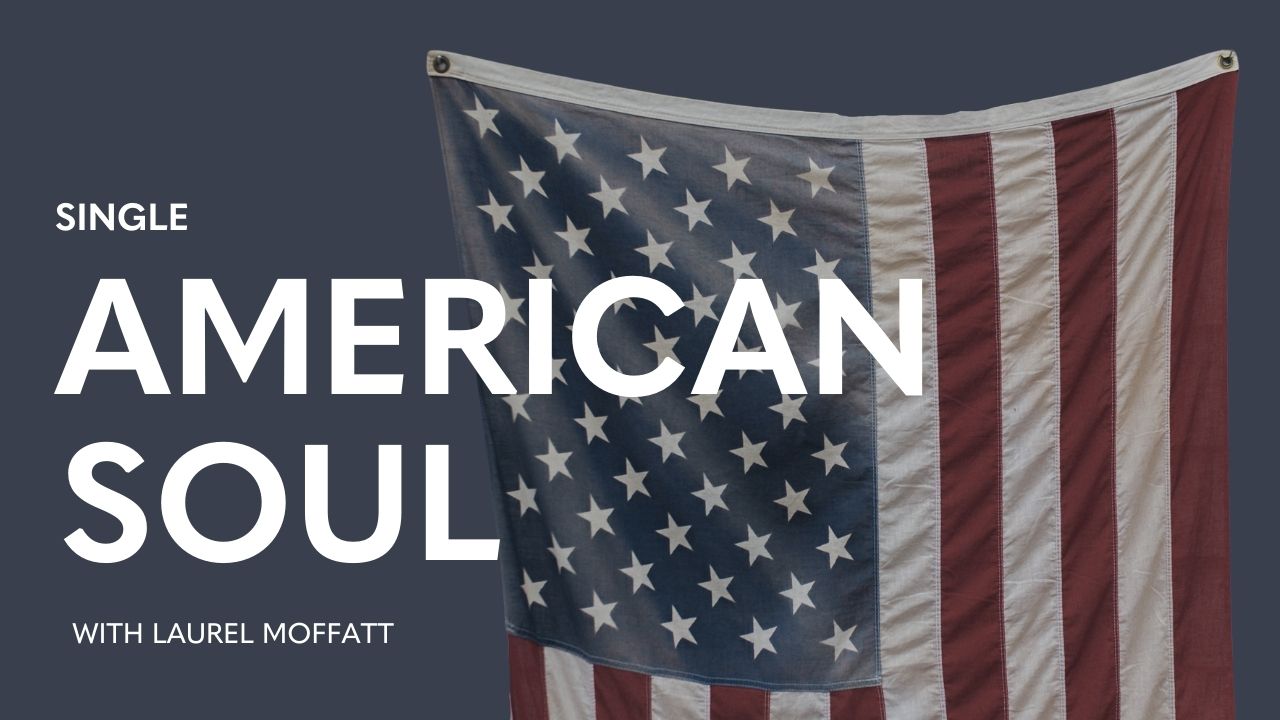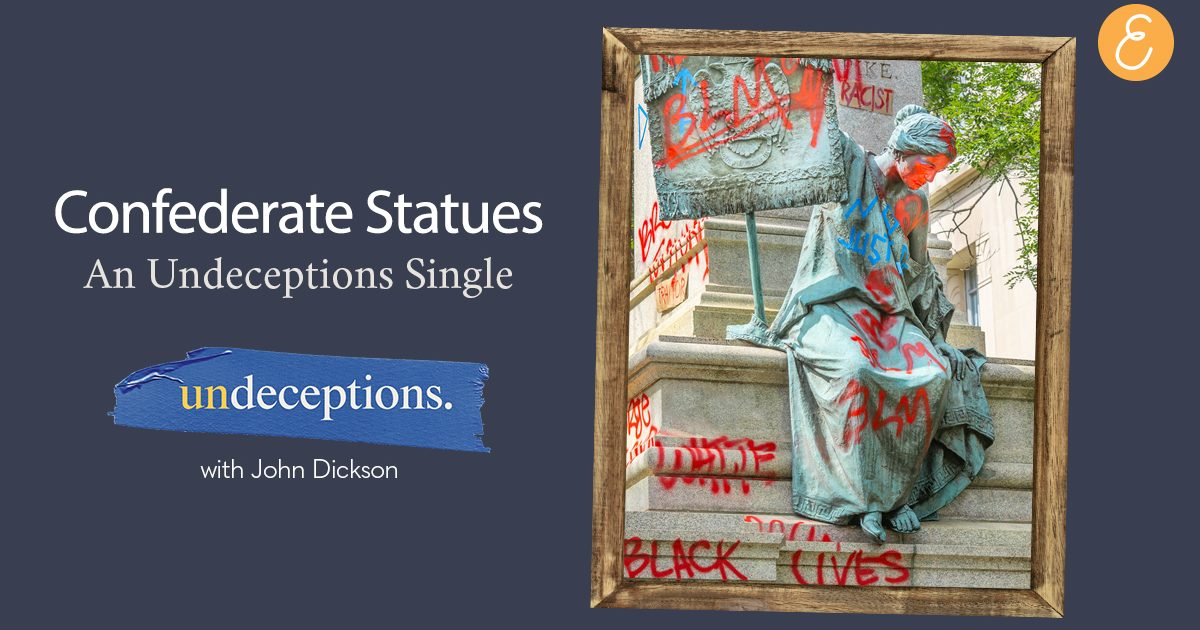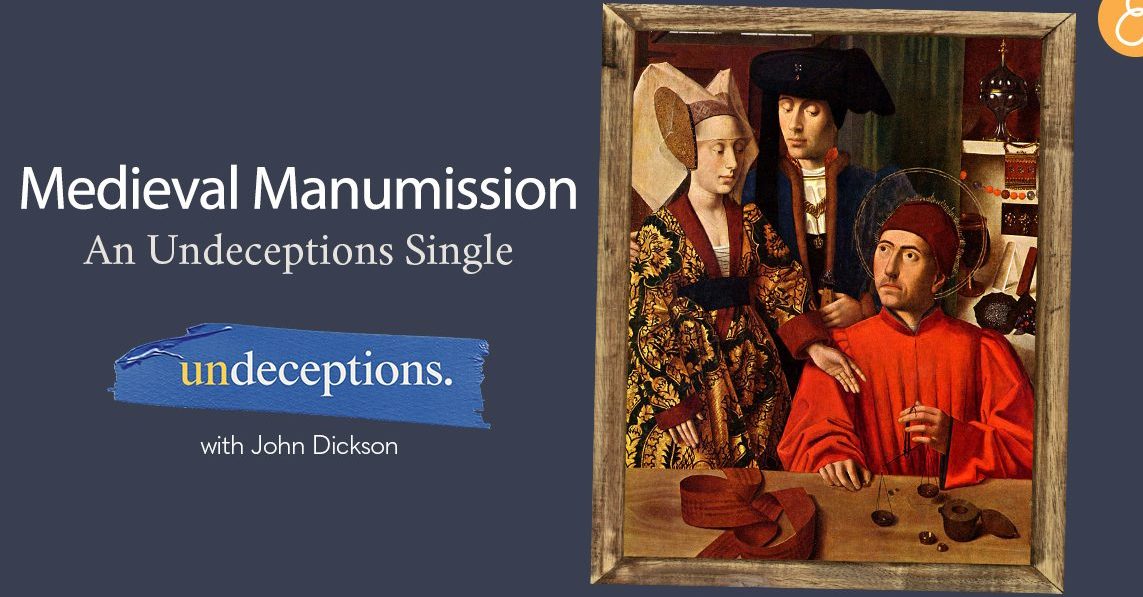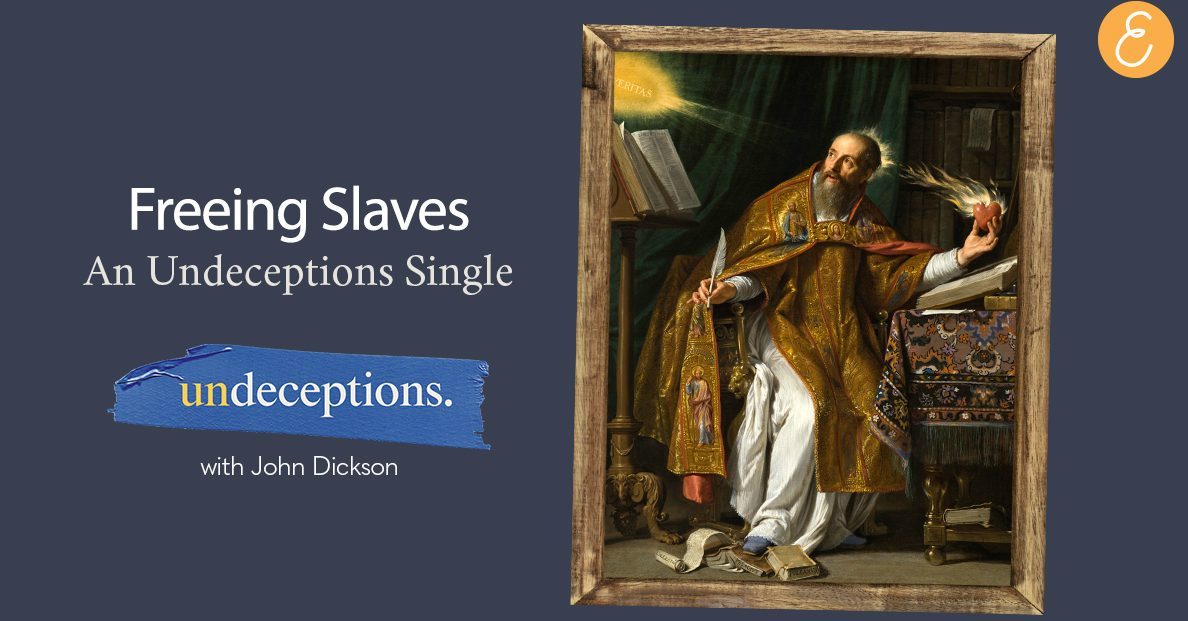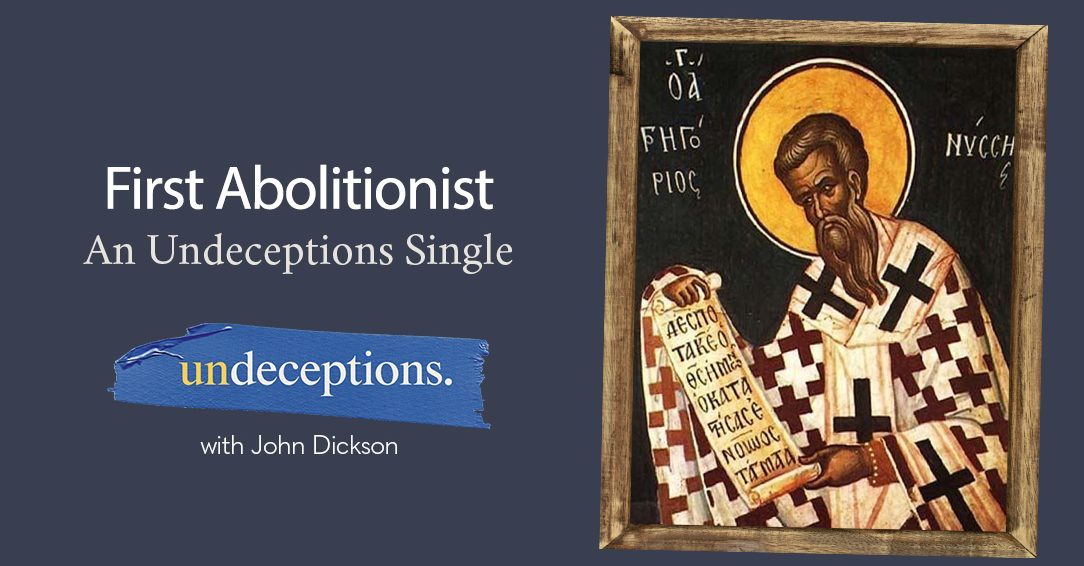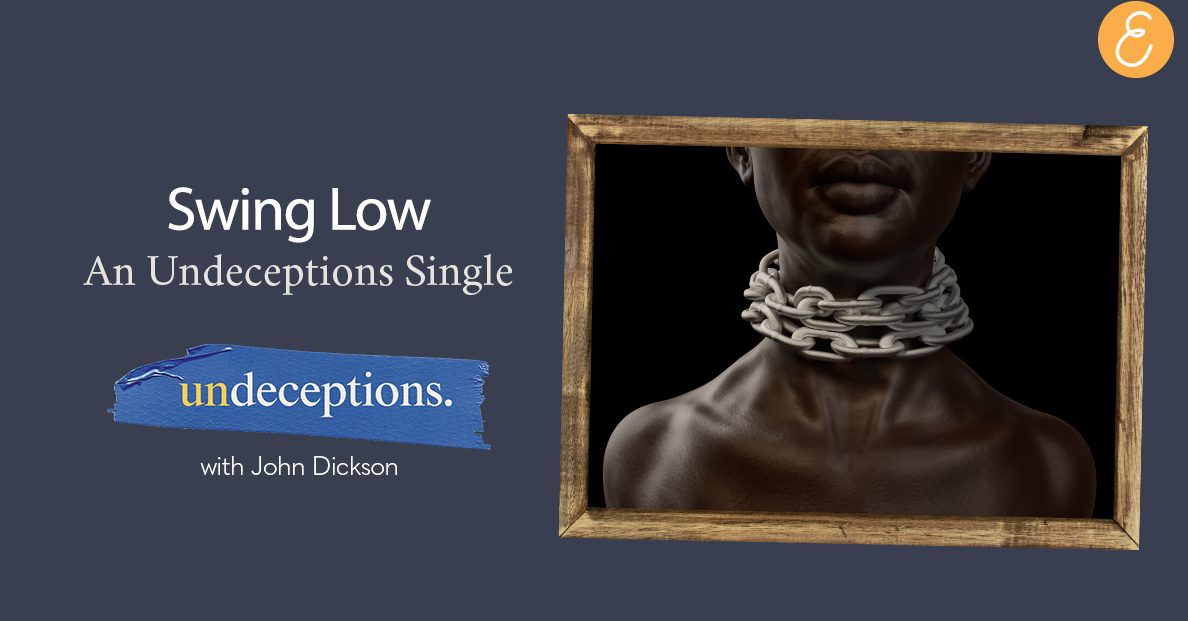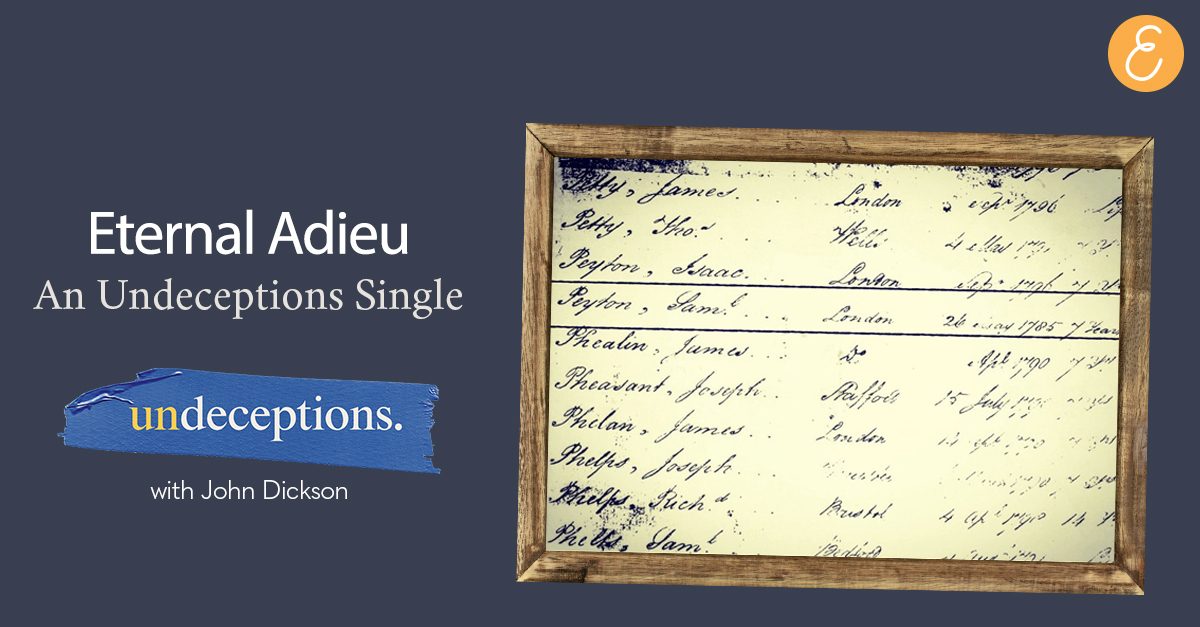One.
Five.
10 Bibles just sold.
And by the end of the five minutes it’ll take you to read this, another 285 Bibles will have sold. By the end of the day, 82,000.
Part of the reason for the Bible’s phenomenal success is that it tackles the fundamentals of life from the first page: the order and goodness of the universe, the singularity of God, the value of human beings and so on. But it often presents these profound insights in literary devices, designed to evoke our spirits, rather than in a textbook style to feed the intellect.
It has the prosaic intellectual stuff as well – just read Paul’s letter to the Romans and you’ll see what I mean. But it also speaks to our emotions and imagination. I know we often think of ancient people as pedestrian and dumb, but the fact is the Bible generally, and Jesus in particular, regularly employed sophisticated literary and rhetorical devices. Obviously, Jesus used parables a lot. About a quarter of his recorded teachings are in the form of parable. That says something
He uses metaphor. For example, he speaks of hell – God’s final judgment against injustice – as “outer darkness” one minute and as “unquenchable fire” the next. These are obviously images: You can’t have dark and fire in the same place.
Jesus uses classic Jewish hyperbole. When he said, for example, “if your right eye causes you to stumble, gouge it out and throw it away. If your right hand causes you to stumble, cut it off and throw it away”, everyone in his audience knew he wasn’t advocating literally cutting off body parts. They understood the rhetorical pattern.
There’s rhyme and irony together in his saying to the religious fundamentalists of his day: “You blind guides. You strain out a gnat, but swallow a camel”. In the original language that he spoke – Aramaic – he actually says you strain out a galma and swallow a gamla . It’s a rhyming joke!
One of the more famous sayings is, “It’s easier for a camel to go through the eye of a needle than for someone who is rich to enter the kingdom of God.” There was no little door in Jerusalem called “eye of the needle”. This is just a memorable aphorism in the form of rhetorical juxtaposition.
We could open this up to other literary and rhetorical devices throughout the Bible. We’re used to this with our own writings. I mean, you take a newspaper and we all know how to adjust our approach to reading, say, the editorial versus opinion versus letters, news, cartoons, TV guide and so on. Ancient cultures had their own literary styles and they all knew how to read them.
There’s plenty of straightforward historical prose in the Bible: the books of Kings, the Gospels, the Book of Acts and so on. But there’s also parables, poetry – where rhyme, rhythm and imagery are used to convey deep truths. There’s a thing called “prophetic lament”, where tyrants are lampooned not because the tyrants themselves would ever hear the criticisms, but to comfort those oppressed by them.
Jesus was a grown-up preacher for grown-ups. The Bible is a grown-up book for grown-ups.
Then there’s “apocalpytic”, where colours, beasts and numbers carry coded meanings that everyone understood. There’s proverbial wisdom where pithy generalisations conveyed truths of a universal practical kind, rather than an absolute theoretical kind.
Then there are literary devices within genres, for example, there’s acrostic. So, every stanza of Psalm 119 begins with the next letter of the Hebrew alphabet, and everyone spotted it.
There’s gematria, where numbers are used as code for key words that have the same numerical value. There’s inclusio, which is where the first line of a passage or a book corresponds to the last line of a passage or a book to create a frame for interpreting the whole thing.
There’s chiasmas, where the first line of a passage corresponds to the last line of the passage. Second line corresponds to the second last line until there’s a central line that doesn’t have a counterpart and it reveals the point of the passage.
I’m sure I’m boring you! In some ways, I want to! What I’m saying is these are literary styles ancients knew all about, and the fact that we miss them today is a judgment on us, not a judgment on them.
God isn’t just a historian or textbook writer. He’s also a poet, a singer, an artist, a literati. This is why some of the literary greats like J R R Tolkien stood in awe of the narrative majesty of the Bible and tried to echo it in his Lord of the Rings epic. Pulitzer prize-winning author, Marilynne Robinson – sometimes described as the greatest living novelist – regards the story of Genesis 1-3 as the foundation of the West’s infinitely high view of humanity. Others disagree of course.
I was once on ABC’s Q and A TV show and they put me up against atheist and physicist Lawrence Krauss. He pilloried the Bible, especially Genesis. He even said that teaching Genesis 1 to children was a form of child abuse. It was a tense moment. I tried to point out that there are grown-up ways to read Genesis, ways that are attuned to ancient literary conventions. But he wouldn’t have a bar of it. He dismissed it all as hocus pocus, designed to avoid the obvious: that Genesis is the outmoded speculation of Stone Age goat herders.
It’s a very sad, but very common, perspective. People pick up these simplistic generalisations about the alleged stupidity of Bible writers. And when they’re introduced to a more informed, sophisticated way of reading the text they usually dismiss it as smoke and mirrors designed to avoid their very clever criticism. But often, they’re just projecting their lack of knowledge about the Bible onto the Bible. They don’t happen to know anything remarkable about the Bible, so there mustn’t be anything remarkable in the Bible to know.
It’s like the kid in English class who’s introduced to Shakespeare for the first time. He puts up his hand and declares, “Miss! Shakespeare’s stupid!” That was me once – with Shakespeare and the Bible. But the grown-up me is embarrassed – as I should be. Jesus was a grown-up preacher for grown-ups. The Bible is a grown-up book for grown-ups.
By John Dickson
5 Minute Jesus: The sophisticated form of the Bible
Want to hear the rest of the episode?
Check out episode 14: “Six Days”




